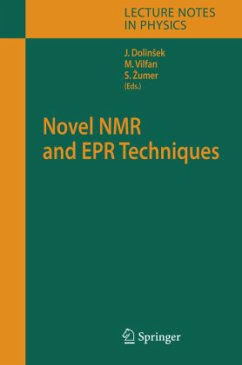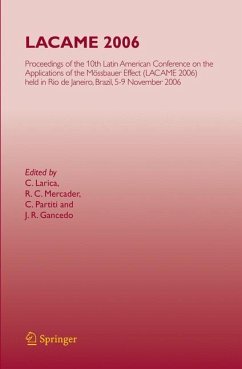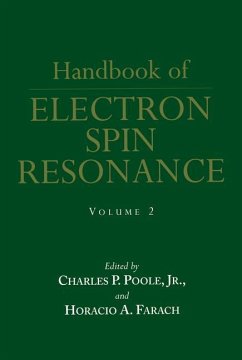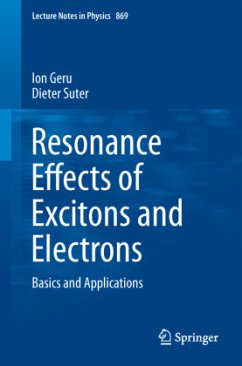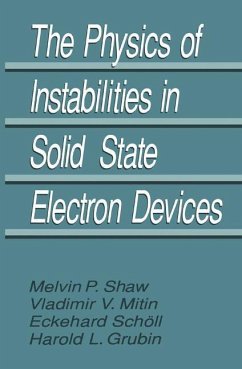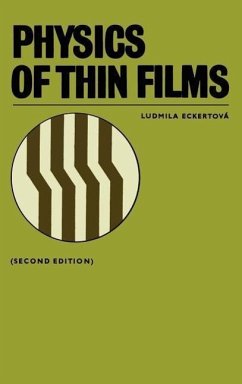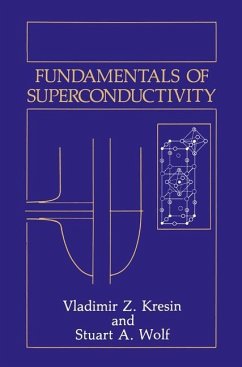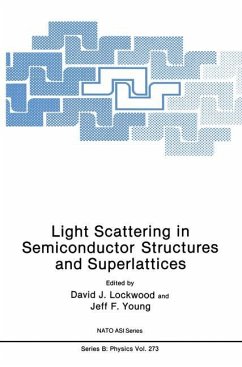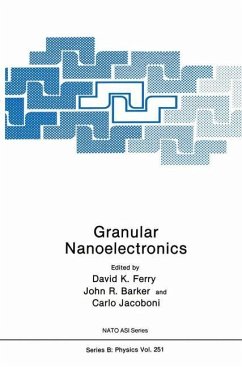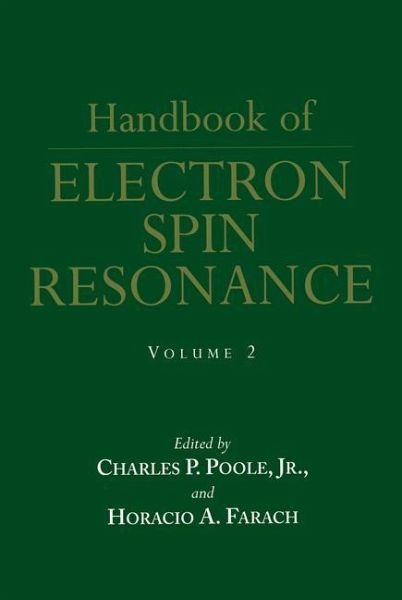
Handbook of Electron Spin Resonance
Volume 2
Herausgegeben: Poole, Charles P.; Farach, Horacio A.
Versandkostenfrei!
Versandfertig in 1-2 Wochen
153,99 €
inkl. MwSt.

PAYBACK Punkte
77 °P sammeln!
The continuously expanding field of electron spin resonance (ESR) has broadened our understanding of physics, chemistry, biology, medicine and related sciences over the last fifty years. In the first volume Professors Poole and Farach provided one of the first definitive reference tools for this field. These handbooks bring together wide- ranging data from diverse disciplines within ESR and integrate the data into a comprehesive and definitive resource. In this second volume of the Handbook of Electron Spin Resonance, the authors present a comprehensive source subfields of ESR not covered in t...
The continuously expanding field of electron spin resonance (ESR) has broadened our understanding of physics, chemistry, biology, medicine and related sciences over the last fifty years. In the first volume Professors Poole and Farach provided one of the first definitive reference tools for this field. These handbooks bring together wide- ranging data from diverse disciplines within ESR and integrate the data into a comprehesive and definitive resource. In this second volume of the Handbook of Electron Spin Resonance, the authors present a comprehensive source subfields of ESR not covered in the first volume. Topics covered in this volume include: _ Sensitivity _ Field Swept versus Frequency Swept Spectra _ Resonators _ Line Shapes _ Electron Spin Echo Envelope Modulation _ Hamiltonian types and symmetries, including a comprehensive tabulation of transition ion data _ ESR Imaging _ High Magnetic Fields and High Frequencies Written by recognized experts in the field, and intended for students and researchers, the Handbook of Electron Spin Resonance will prove to be an invaluable reference for all those involved in ESR research.






